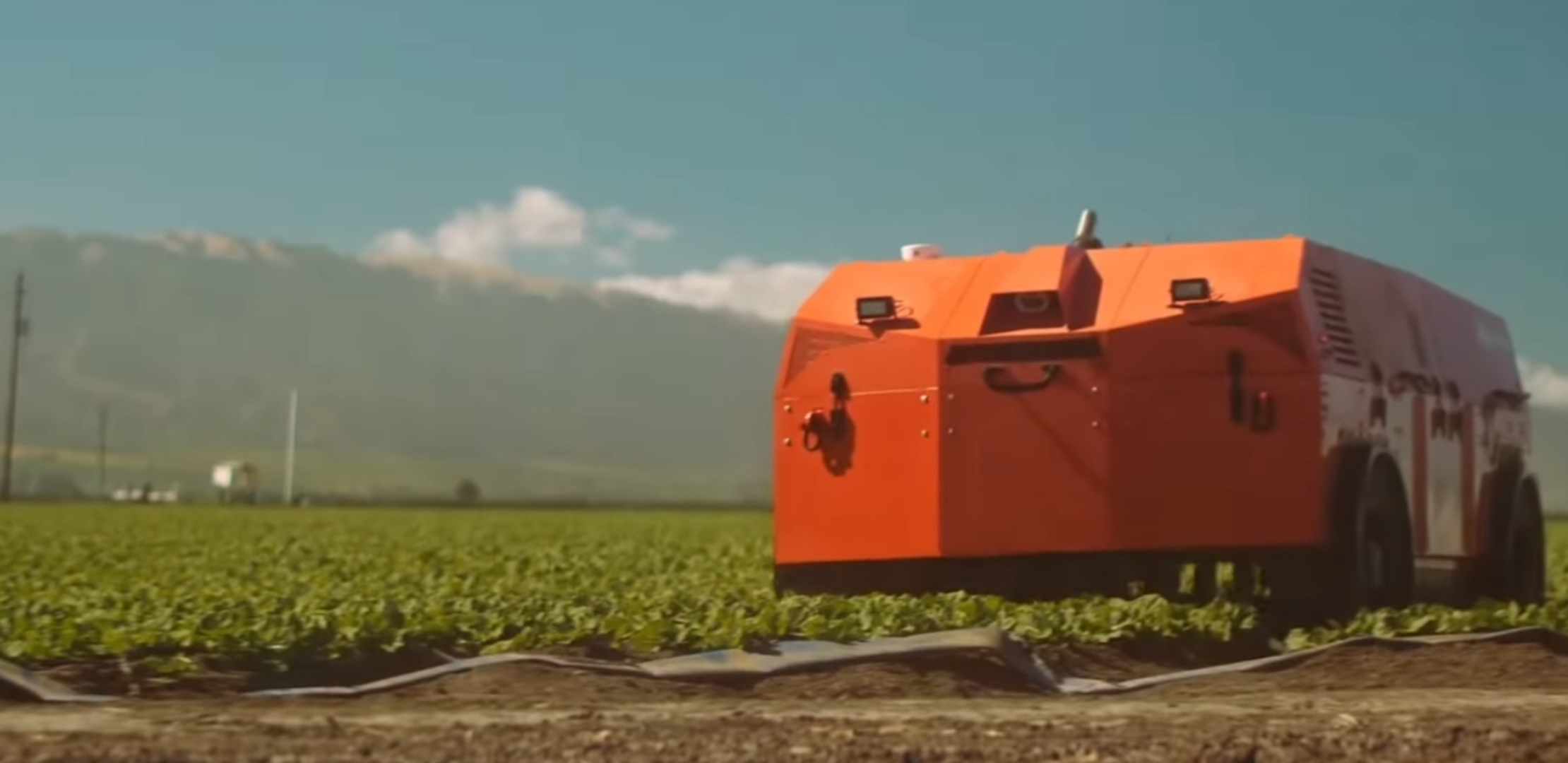
March 01, 2021
Andrew Campbell
From autonomous harvesting robots and drones that can spray crops, farmers in parts of the world are changing to these high-tech solutions, a wide range of innovations in agriculture from drones to smart sensors, to deal with food insecurity, climate change, and pandemic-induced labor layoffs.
According to a new report released by Grand View Research, Inc. in February, the global precision farming market size is anticipated to reach USD 12.9 billion by 2027. It is expected precision farming, also known as satellite farming, manages artificial intelligence (AI) and information technology to ensure harvest in farms and productivity of crops with average annual growth of 13% by 2027.
The US firm Plenty utilizes AI to grow multiple vegetable crops on tall walls by indoor "vertical farms". In Benin, one of the West African nations, the US firm TechnoServe uses remote sensing, drone mapping, machine learning, and satellite data, to help local farmers in yielding better cashew nut production. Drones for example are especially useful in Australia and the US with large ranches made up of vast areas of land. Farmers obtain an immediate view of their land, reducing the need for farmers to spend large amounts of time on patrol and inspecting areas of their farms. In addition, Australian farmers use towing planters, air seeders, and fertilizer spreaders built with advanced robots.
Experts are expecting harvesting success with agritech in the near future. Technologies such as robots and drones will continue to be advanced in optimizing agriculture and raising cattle and chickens for years to come.
Photo:Webshot.
